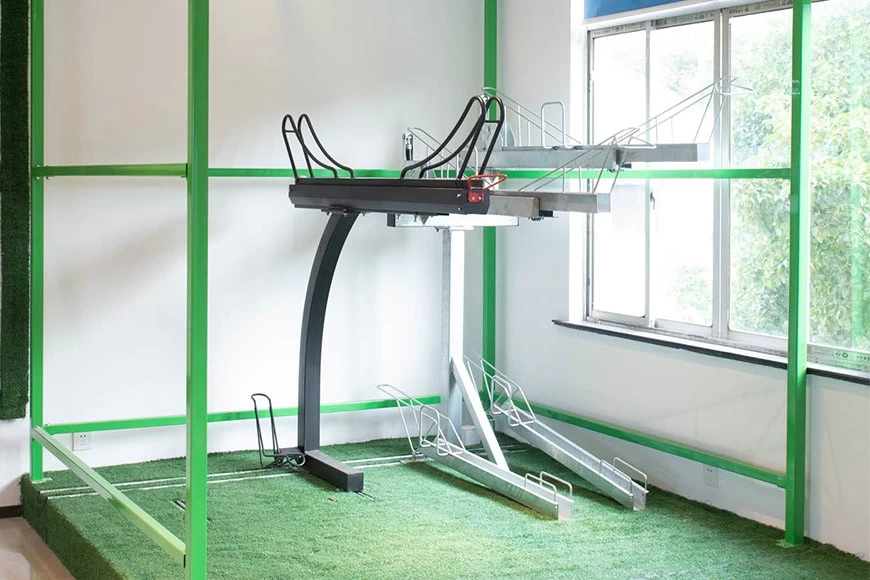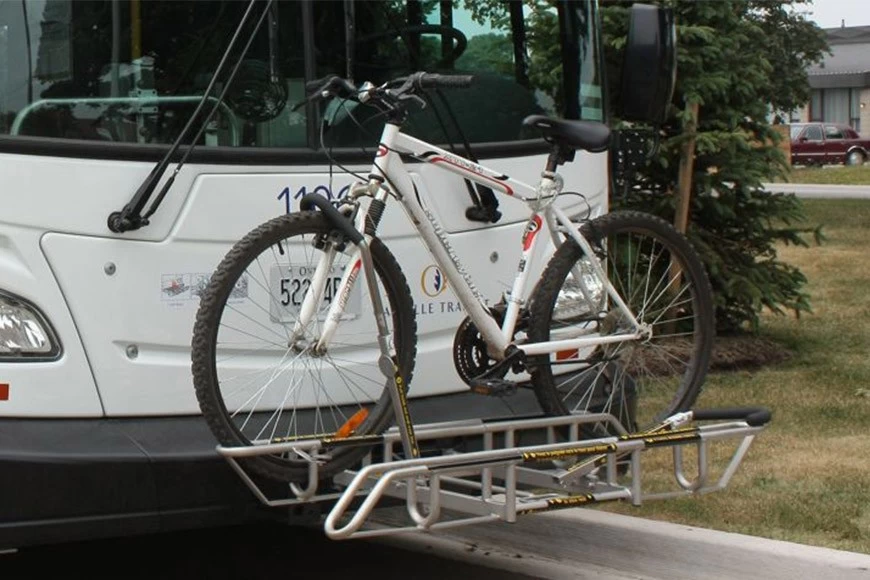Specifications
Model Number : PV-SC-001
Type: Bike parking and storage
Color:Yellow,Black,Green,Red,or Customized.
Style : both indoors and outside
Material : carbon steel
Loading: According to customer need
Size :195*23.2*75cm,200.55*23.2*75cm,or Customized.
Finish: hot-galvanized
Specifications
Model Number : PV-0081-01
Type: Bike parking and storage
Color:silver
Style : both indoors and outside
Material : carbon steel
Loading: According to customer need
Size :Height 1463mm, Depth 1114mm
Finish: hot-galvanized
Model Number : PV-0081-01
Type: Bike parking and storage
Color:Black
Style : both indoors and outside
Material : carbon steel
Loading: 2-10 bikes (According to customer need)
Size :Height 1463mm, Depth 1114mm
Finish: hot-galvanized
Model No.: PV-H1
Size: w605*D400*H330mm
Specification: Round tube:¢16*1.2mm
Finish: Power coated
Net Weight: 1.6 kgs
Packing size:6pcs/ctn
MOQ: 100pcs
Model Number : PV-0024-01
Material : carbon steel/stainless steel
Loading: according customer space size,we can design according the size
Size : W1977*D1130(depend on your parking space)*H2500mm
Finish: Powder coated ,hot-galvanized/electric polish
Packing size :2000*2000*2500mm(40 parking space )
Powder coated ,hot-galvanized/electric polish
Product number:PV-0046-01
Material:carbon steel
Specification:10.2*59*28CM or Customized.
MOQ:100PCS
Port:Shanghai
Trademark:PV
Model Number : PV-0081-01
Type: Outdoor Bike Parking Rack
Style : both indoors and outside
Material : carbon steel
Loading: 2-10 bikes (According to customer need)
Size :170.5*116*148CM
Finish: hot-galvanized
Model Number : PV-0055-01
Type: compact flat pack /slot
Color:black / silver /yellow/optional
Style :Outdoor/indoor
Material : carbon steel/ stainless steel
Capacity : park 6 bikes
Size : L1400*W1054*H840mm
Net weight :38KG
Finish: powder coating / hot galvanized /elctropolishing
Packing size :1490*860*160mm 1pcs/ctn
Product Name: Multi-Capacity Horizontal Two Tier Bike Parking Rack
Material: Carbon Steel
Finish: Powder coated
Post: 80mm * 80mm thickness: 3mm
Steel plate: thickness: 2mm
Dimension: 1325*1890*1830mm
Weight: 370 kg/set
Model: PV-0067-01
Material: stainless steel 304
Pipe: 50 mm* 2.5 mm
Size: 900*700 mm(L*W)
Surface treatment: polishing

The world is in the midst of a transportation revolution, with increasing emphasis on sustainable, eco-friendly modes of mobility. In this landscape, bicycles are becoming a popular choice for commuting and leisure. As cycling gains momentum, the need for proper bike parking becomes evident. In this article, we will explore the future trends in bike parking, examining how innovations in design, technology, and policies are set to reshape the way we park our bikes. From smart bike racks to integrated urban planning, the future of bike parking promises to make our cities more accessible and sustainable.
One of the most exciting trends in bike parking is the rise of smart solutions. These innovations leverage technology to improve the convenience and security of bike parking. Here are some key developments:
Automated bike storage systems are like parking garages for bicycles. These systems use robotics and conveyor belts to store bikes securely in designated slots. Cyclists can drop off their bikes at a kiosk, and the system takes care of the rest. When it's time to retrieve the bike, a simple swipe or app command returns it to the owner. This not only saves space but also reduces the risk of theft or vandalism.
Just as we reserve parking spots for cars in advance, the future will likely see the introduction of bike parking reservations. Cyclists can book a secure parking spot before reaching their destination. Payment is seamlessly integrated into the process, making it more convenient for users. Apps and websites will facilitate these reservations, ensuring a stress-free parking experience.
Finding an available bike rack can be a challenge in crowded urban areas. Real-time availability tracking is the solution. Sensors on bike racks transmit data to apps or digital displays, informing cyclists of the nearest available parking spots. This reduces frustration and helps optimize bike rack usage.
Sustainability is a central theme in future bike parking trends. The design of bike parking facilities is evolving to incorporate eco-friendly materials and energy-efficient features. Here's what we can expect:
Green roofs, already popular in architectural design, are making their way into bike parking. These eco-friendly spaces provide shelter for bikes while simultaneously contributing to improved urban air quality and temperature regulation. It's a harmonious integration of green infrastructure into bike parking facilities.
Solar power is a natural fit for bike parking facilities. Solar panels integrated into bike racks can generate the energy needed for lighting, security cameras, and charging stations. It's a self-sustaining solution that aligns with the overall goal of reducing a facility's carbon footprint.
The use of recycled materials in bike rack construction is becoming more common. Facilities are incorporating materials such as recycled steel, plastic, and even repurposed shipping containers. These materials not only reduce waste but also add an industrial and sustainable aesthetic to bike parking areas.

Efficient integration of bike parking with public transportation hubs is crucial to promote multi-modal commuting. Future trends aim to make this integration seamless and user-friendly:
Transit stations are often the starting and ending points of a bike commute. Future designs ensure that bike parking is readily available at these locations. This not only encourages cycling but also complements the use of buses, subways, and trains.
Many cities have bike-sharing programs, and they're increasingly integrating with bike parking facilities. Riders can pick up a bike at a convenient parking hub, use it for their commute, and return it to the same or another hub. This integration simplifies the process of accessing a bike for short trips and daily commutes.
Future bike parking facilities are designed to be inclusive and accessible to everyone, regardless of age or physical ability. Some trends in this regard include:
The Americans with Disabilities Act (ADA) sets standards for accessibility. Bike racks are evolving to meet these requirements, making them accessible to cyclists with disabilities. This includes features such as lower mounting heights and clear floor spaces around bike racks.
Cycling is a family-friendly activity, and bike parking should reflect that. Future designs may incorporate larger parking spaces for cargo bikes, child carriers, and tricycles. These spaces make it easier for families to embrace cycling for their daily activities.
Universal design principles aim to make bike parking facilities welcoming for all users. This includes well-lit areas, easy-to-use racks, and clear signage. The goal is to create a comfortable and inviting environment for cyclists of all backgrounds.
Future trends in bike parking are not only about technology and design but also encompass changes in policies and regulations that promote cycling. These developments include:
Cities and municipalities are increasingly imposing minimum bike parking requirements for commercial and residential developments. This means that developers must allocate a certain amount of space for bike parking in new projects.
Some areas are implementing incentives for businesses that provide secure and convenient bike parking for employees and customers. These incentives might include tax breaks, grants, or awards for being bike-friendly.
Cities are adopting bike parking ordinances that set guidelines for the location, design, and security of bike parking facilities. These ordinances are essential for standardizing bike parking infrastructure.
E-bikes and other emerging transportation modes are altering the landscape of bike parking. As these modes gain popularity, future bike parking trends will address their specific needs:
E-bikes require charging stations. Future bike parking facilities will likely include charging infrastructure to cater to the needs of e-bike owners.
Dockless scooters, electric skateboards, and other micromobility options are becoming more prevalent. Bike parking facilities may need to adapt to accommodate these new modes of transportation.
The future may see the rise of multi-modal parking hubs that offer spaces for bikes, e-bikes, scooters, and other small personal vehicles. These hubs streamline the process of transitioning between various modes of transportation.
Data analytics play a significant role in shaping the future of bike parking. Information on usage patterns, peak hours, and user preferences can optimize the design and management of bike parking facilities.
By collecting data on the number of bikes parked, peak hours, and other metrics, facility managers can fine-tune their operations. This ensures that there are enough spaces available when and where they are needed.
Gathering feedback from cyclists is valuable. It can help identify areas for improvement, such as security concerns, the need for additional racks, or the desire for better lighting.
Data-driven predictive modeling can anticipate future bike parking needs. For example, it can help planners determine where new facilities should be built to accommodate growing demand.
The future of bike parking is an exciting landscape of innovation, sustainability, and accessibility. As cycling gains prominence in our cities, so does the importance of efficient and secure bike parking. Smart solutions, eco-friendly designs, and forward-thinking policies will make bike parking more convenient and appealing for cyclists of all ages and abilities. By integrating bike parking seamlessly with public transportation and emerging transportation modes, we can create more sustainable and inclusive cities, where cycling is not just a mode of transportation but a way of life. The future of bike parking is bright, promising a greener, healthier, and more connected urban environment.